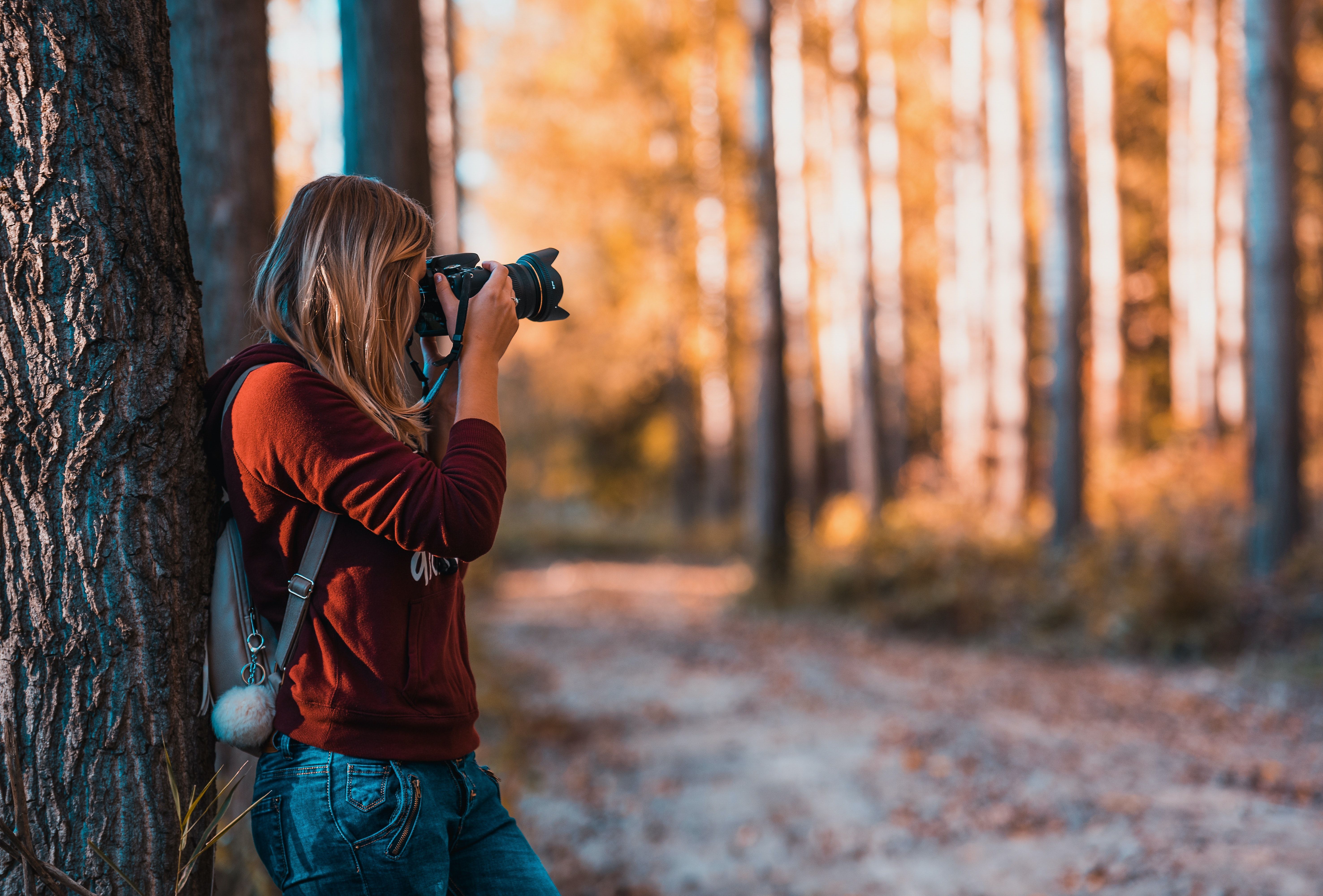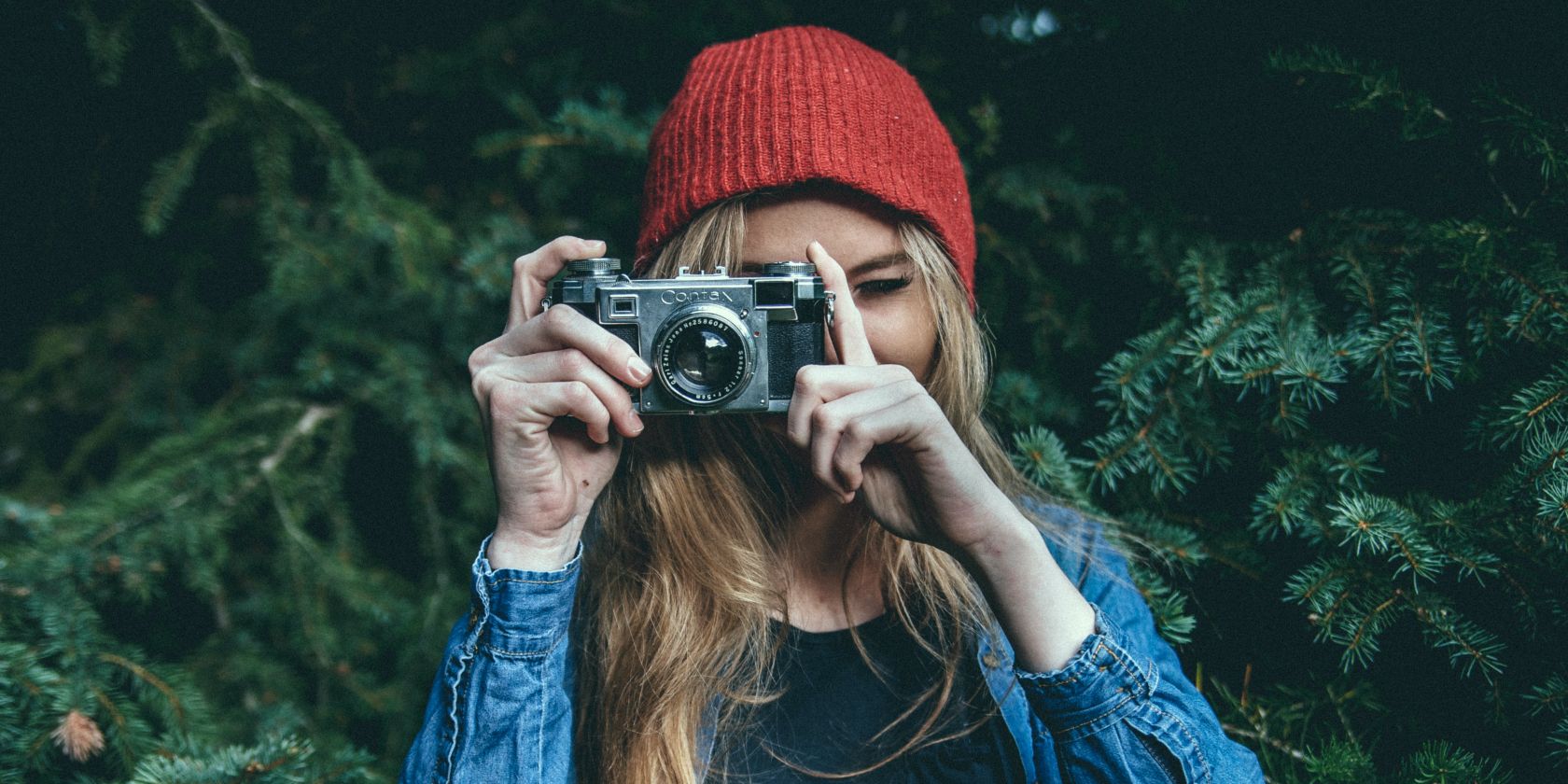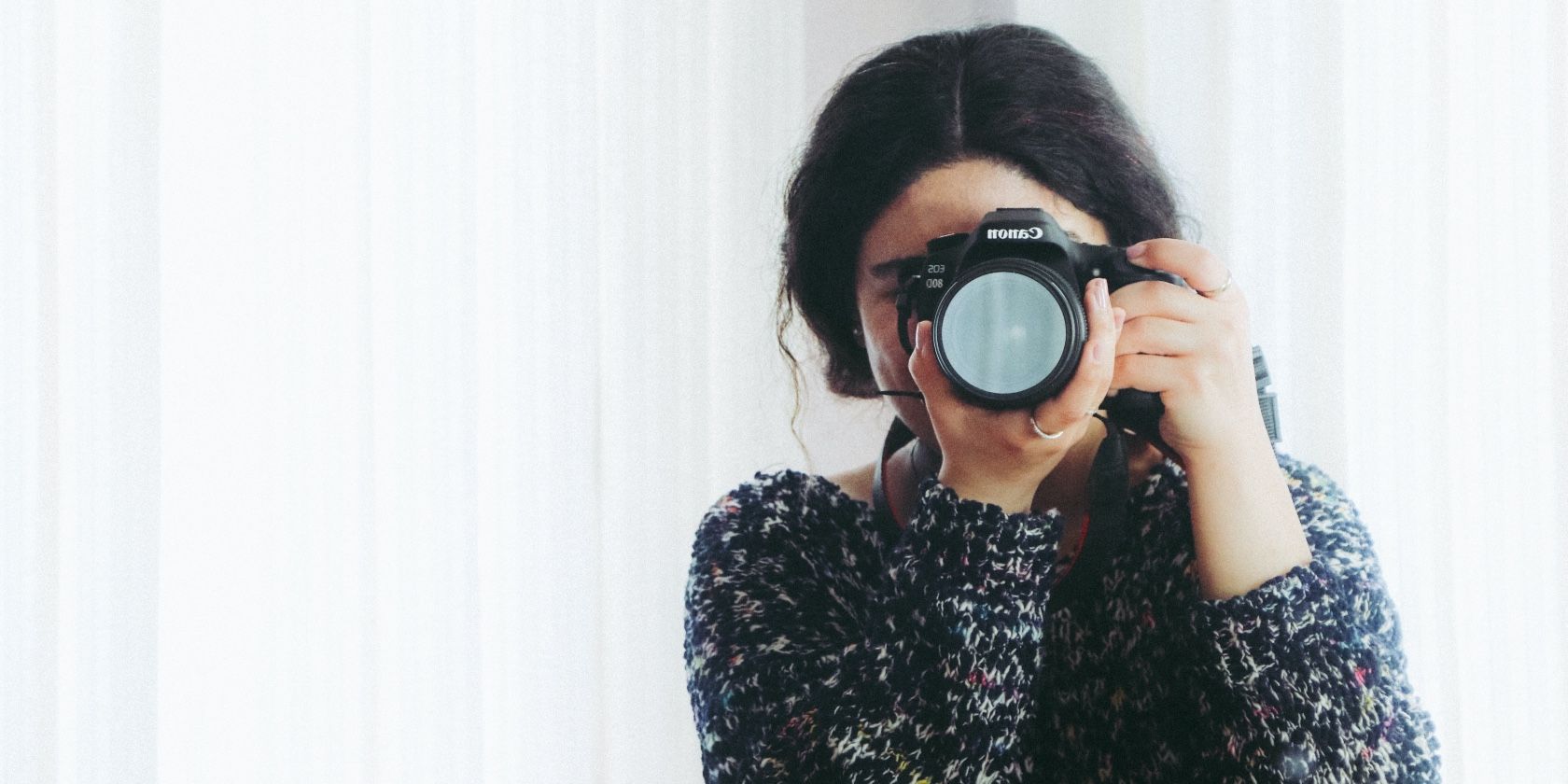What Difference Does Having A Weather Sealed Body On A Camera Make
These days, you don't demand to be an award-winning photographer to take admission to cameras that would have made your predecessors jealous. You can discover a device to proceed your company in all scenarios, producing images that could laissez passer as professional person.
When getting set to upgrade your camera, you lot'll probably accept come beyond the term "weather-sealed". These cameras tend to be more than expensive than models without weather condition sealing, just what are they? Why practice yous need i? Let's notice out.
What Does Weather-Sealed Mean?

In its simplest form, atmospheric condition sealing means that your photographic camera has additional protection from the elements. The level of weather sealing will depend on your model and the brand it belongs to.
Weather-sealed cameras will often utilize materials that offering boosted protection from the elements, such equally rubber. In addition to weather-sealed camera bodies, you can also buy lenses with this feature. For case, many prime number lenses come with conditions sealing.
What Are Weather-Sealed Cameras Useful For?

Weather-sealed cameras can help provide actress peace of mind, and they're helpful in a broad variety of settings. We've listed some of the scenarios for which you should consider using i below.
Keeping Out Strange Objects
When y'all take photos outdoors, it's non merely the temperature and conditions you need to consider. You must besides recollect nigh the potential extra risks that the atmospheric condition can pose for your camera—for example, photography on a embankment tin can upshot in sand or dust getting into your device.
If you have photos in stormy weather, you might discover that small bits of debris get into your camera. These can issue in spots appearing; while y'all tin rapidly ready this in Adobe Lightroom, it'south a meaning inconvenience to exercise so.
Weather-sealed cameras provide a fiddling extra protection against unwanted objects getting into your device, helping yous go improve pictures without worrying almost the impact on your camera.
Taking Photos in the Rain
Often, the weather that others perceive equally "bad" is when you can get the all-time images. Rainy atmospheric condition is 1 such example.
When you take photos in the rain, it'south needless to say that these weather condition pose pregnant risks to your camera. As well condensation, your photographic camera and lenses can suffer from water harm—especially if you're out in a torrential downpour.
Weather condition-sealed cameras can offering actress durability, enabling you to spend longer in the rain than would exist the case with a non-conditions-sealed photographic camera.
Shooting in Farthermost Cold
Almost DSLRs and mirrorless cameras are pretty durable, fifty-fifty in temperatures that many of us would consider "extreme". More often than not speaking, you shouldn't have also many issues taking photos between -10ºC (14ºF) and +40ºC (104ºC).
If you leave when it's lower than -10ºC, you might exist able to utilise a non-weather condition-sealed camera. Nevertheless, there are no guarantees that your device will work properly—or that you won't crusade long-lasting damage.
Atmospheric condition-sealed cameras offer a little extra protection against cold temperatures, pregnant that the weather condition shouldn't finish your camera from working in the way it'south meant to.
What's the Most Mutual Misconception Surrounding Weather-Sealed Cameras?

When you buy a weather-sealed camera, information technology's of import to remember that "sealed" does not hateful "proof". Your photographic camera will probably still get water damage if y'all use information technology in a downpour for long enough, and you shouldn't attempt underwater photography with it either—unless that was what it was designed for.
Even if you use a weather-sealed device, particles and debris can still get into your camera. And so, y'all should still be conscientious about the conditions yous shoot in—and it'southward also worth cleaning out its insides each time you're finished.
To provide additional protection in extreme conditions, consider the following in add-on to weather sealing:
- Use a rain encompass for your camera.
- Slowly transition your camera from hot to common cold environments to avert condensation.
- Bring actress batteries if you're shooting in extreme cold.
A Weather-Sealed Camera Is a Adept Idea if You're Shooting in Difficult Conditions
Weather sealing isn't a 1-size-fits-all solution to ending your camera-related worries in challenging weather. Even so, having a device with this offers at least a little protection against the elements.
Conditions-sealed cameras are typically more than durable than those that aren't. You tin can use them in various scenarios at both the hot and cold ends of the temperature spectrum.
When buying a weather-sealed camera, recall that different devices have different levels of protection. It's wise to practise a little extra enquiry to ensure that the camera you buy meets your photography needs.
Source: https://www.makeuseof.com/weather-sealed-cameras-why-need-one/#:~:text=In%20its%20simplest%20form%2C%20weather,the%20elements%2C%20such%20as%20rubber.
Posted by: guffeysche1949.blogspot.com


0 Response to "What Difference Does Having A Weather Sealed Body On A Camera Make"
Post a Comment